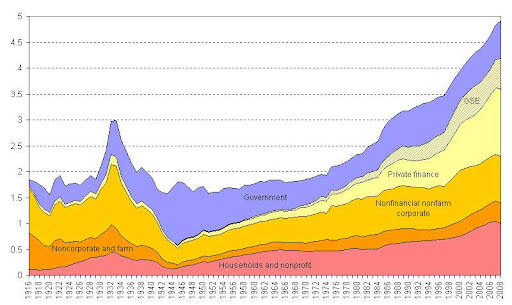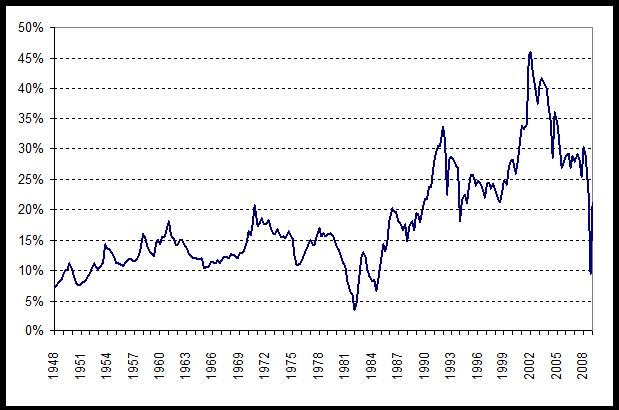Central to Minsky’s view of how financial meltdowns occur is his Financial Instability Hypothesis (FIH) — what has come to be known as ‘an investment theory of the business cycle and a financial theory of investment’. But, what is it all about? Quoting from Minsky . . .
“The capital development of a capitalist economy is accompanied by exchanges of present money for future money. The present money pays for resources that go into the production of investment output, whereas the future money is the “profits” which will accrue to the capital asset owning firms (as the capital assets are used in production). As a result of the process by which investment is financed, the control over items in the capital stock by producing units is financed by liabilities–these are commitments to pay money at dates specified or as conditions arise. For each economic unit, the liabilities on its balance sheet determine a time series of prior payment commitments, even as the assets generate a time series of conjectured cash receipts…
A part of the financing of the economy can be structured as dated payment commitments in which banks are the central player…”
“Thus, in a capitalist economy the past, the present, and the future are linked not only by capital assets and labor force characteristics but also by financial relations. The key financial relationships link the creation and the ownership of capital assets to the structure of financial relations and changes in this structure…”
“In a more complex (though still highly abstract) structure, aggregate profits equal aggregate investment plus the government deficit. Expectations of profits depend upon investment in the future, and realized profits are determined by investment: thus, whether or not liabilities are validated depends upon investment. Investment takes place now because businessmen and their bankers expect investment to take place in the future…”
“The financial instability hypothesis, therefore, is a theory of the impact of debt on system behavior and also incorporates the manner in which debt is validated….”
“The financial instability hypothesis takes banking seriously as a profit-seeking activity. Banks seek profits by financing activity and bankers. Like all entrepreneurs in a capitalist economy, bankers are aware that innovation assures profits. Thus, bankers (using the term generically for all intermediaries in finance), whether they be brokers or dealers, are merchants of debt who strive to innovate in the assets they acquire and the liabilities they market…”
In particular, over a protracted period of good times, capitalist economies tend to move from a financial structure dominated by hedge finance units to a structure in which there is large weight to units engaged in speculative and Ponzi finance.”
Source: Excerpts from Hyman Minsky’s 1992 paper linked to above.
Update: A good summary of Minsky’s view can be found here and here.













